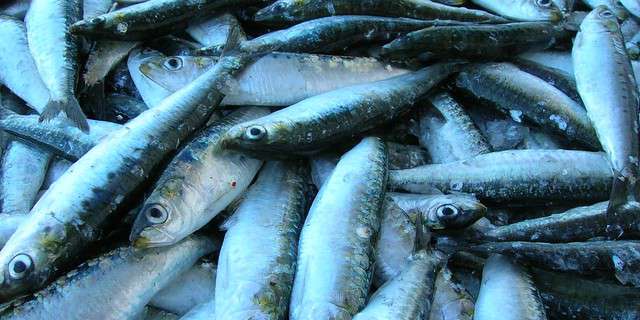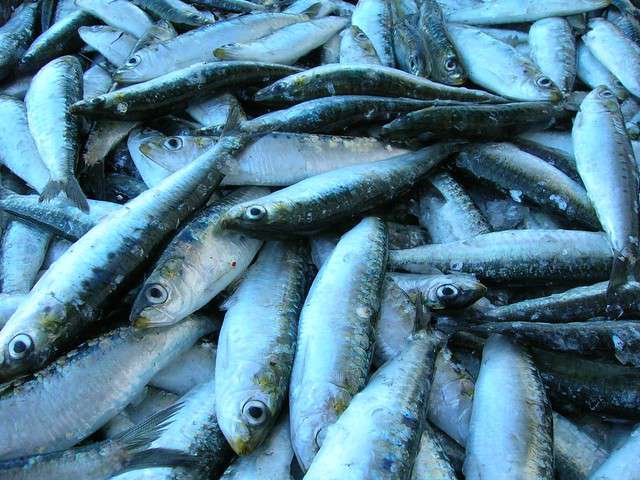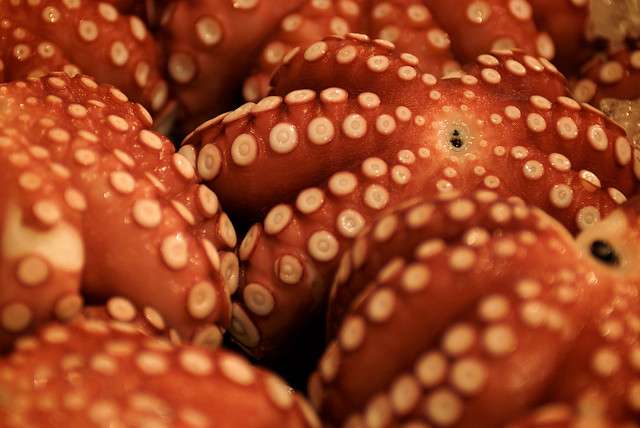
For many individuals, the word “formaldehyde” likely brings back memories of high school biology class and that awful smell of preserved frog carcasses. It is certainly not a word many of us would associate with the foods we eat. Unfortunately, many fresh fish and seafood products may be tainted with this dangerous chemical, but with inspection methods such as spectral analysis, identifying this toxic substance is both easy and effective.
The source of the problem
Fish and other seafood products are a major dietary staple for many people around the world and are appreciated for their nutritional values. However, this food source is also one of the most perishable food products available and many commercial fishermen look for ways to preserve the freshness and quality of their catch. In a recent study from the Center of Excellence for Food Safety Research and the Faculty of Food Science and Technology, University Putra Malaysia, is was determined that “Formaldehyde was used by fishermen and fish vendors to preserve the freshness and quality of fish and seafood.” This report also stated that, “in order to keep the freshness of fish and seafood, fishermen and fish vendors tend to carelessly use formaldehyde as preservation agent.” Due to this concerning discovery, it was determined that formaldehyde content and quality characteristics of fish and seafood from wet markets required evaluation.

Simple and effective methods are available to monitor the quality and safety of fresh fish and seafood products. Image Source: Flickr user Jośe Antonio Gil MartÍnez



